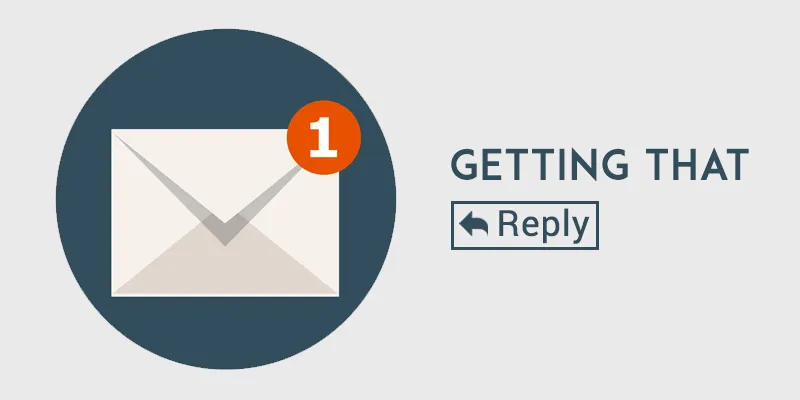How to get people to reply to your emails
Even today, email remains the most important tool for business communication. Allowing one to cover vast differences in distance and time, emails are a simple and irreplaceable mode of communication. Email facilitates the formality required for business communication and does not take up much space on your phones and computers.
Communicating through email, however, has certain limitations. A hint of ambiguity here and an unintended terse phrase there can create confusion, which may lead to more serious repercussions for your business.

Image : shutterstock
According to a Sendmail Study in 2013, 64 percent of the interviewed subjects reported having either sent or received an email which resulted in confusion of some degree. Some of the major reasons for this were the lack of response, vague emails, the liberal use of the ‘Reply All’ feature and plain bad grammar.
Subject clarity is key
An email is not a story building up to a climax. Crisp and objective emails are the best received.
The subject line of an email is the key. Make it a point to write it down first rather than jot down something as an afterthought just before hitting send. Subject lines should convey the most important information, and there should be no filler words. According to Dmitri Leonov, VP at the email management company SaneBox, 50 per cent of emails are read on mobile phones, as stated by Business Insider. This means there is no guarantee that your full subject line is viewable on a phone preview.
To keep the subject clear, use words that can be of help for future searches and filtering. While emailing employees, it is a good practice to add an instruction to respond before the subject line, if you want a prompt response. A ‘Please reply’ prefix would send a clear message to the recipient.
What goes into the content?
When writing emails to peers and employees, be clear while describing things and sending attachments to avoid the possibility for misunderstanding. Emails should be specific, and if the discussion involves a list or a group of topics, use a word document or a PDF to elaborate further.
A polite and professional tone is necessary for all situations. Use available email tools to denote urgency, and choose words wisely when throwing in a personal comment.
Emailing the boss
When emailing your boss, besides sticking to the principles of specificity and clarity regarding your expectations for a response, use proper salutations. Understanding your superior's personality and traits helps in drafting an effective message. Plan your draft keeping in mind when your boss will probably read the email, and make sure the subject stands out in their crowded inbox. Personalise your email enough to indicate uniqueness – anything resembling a template can come across as lazy and disrespectful.
Reaching out
When communicating with investors and clients, remember that they are stakeholders in your business, so your email should uphold their confidence. Do not be ambiguous and only deal with the relationship that your business has with them. If you have drafted a cold sales pitch, make sure the email does not read like a general template.
Email communication is a skill that people seldom mention, but knowing the right moves could ensure faster communication that helps you find more efficient solutions and inch closer to your work goals.







